Ambulances will carry out preliminary treatment according to the patient's condition during first aid. Most patients will carry out infusion during treatment. Some patients need to input a large amount of liquid. For example, patients with hypovolemia shock need to input 2000ml of liquid within two hours. A bottle of mineral water is about 500ml,2000ml is equivalent to the content of 4 bottles of mineral water. Our normal infusion speed is 5ml per minute, about 60 to 80 drops per minute, while the infusion speed of patients with insufficient blood volume needs to reach 15ml per minute. Patients with renal failure are undergoing exploratory remediation, and glucose input needs to reach 25ml per minute, about 300 drops per minute. After such a large amount and such a fast liquid is input into the human body, the patient's body temperature will drop by 1 to 2 degrees. For every 1 degree drop in human body temperature, the activity of enzymes will drop by 50%, the immunity of white blood cells will drop by 37%, and the metabolic capacity of the body will drop by 12%. This will affect the recovery level of the patient. When the cold liquid enters the blood vessel, the end of the blood vessel will contract, it also increases the risk of phlebitis. The body temperature drops and the oxygen consumption of each body increases, which will accelerate the patient's heart rate and cause palpitation. If it is a menstrual period of women, prone to functional uterine bleeding, increase the condition. Therefore, it is very necessary to warm the patient's infusion during the rescue process.
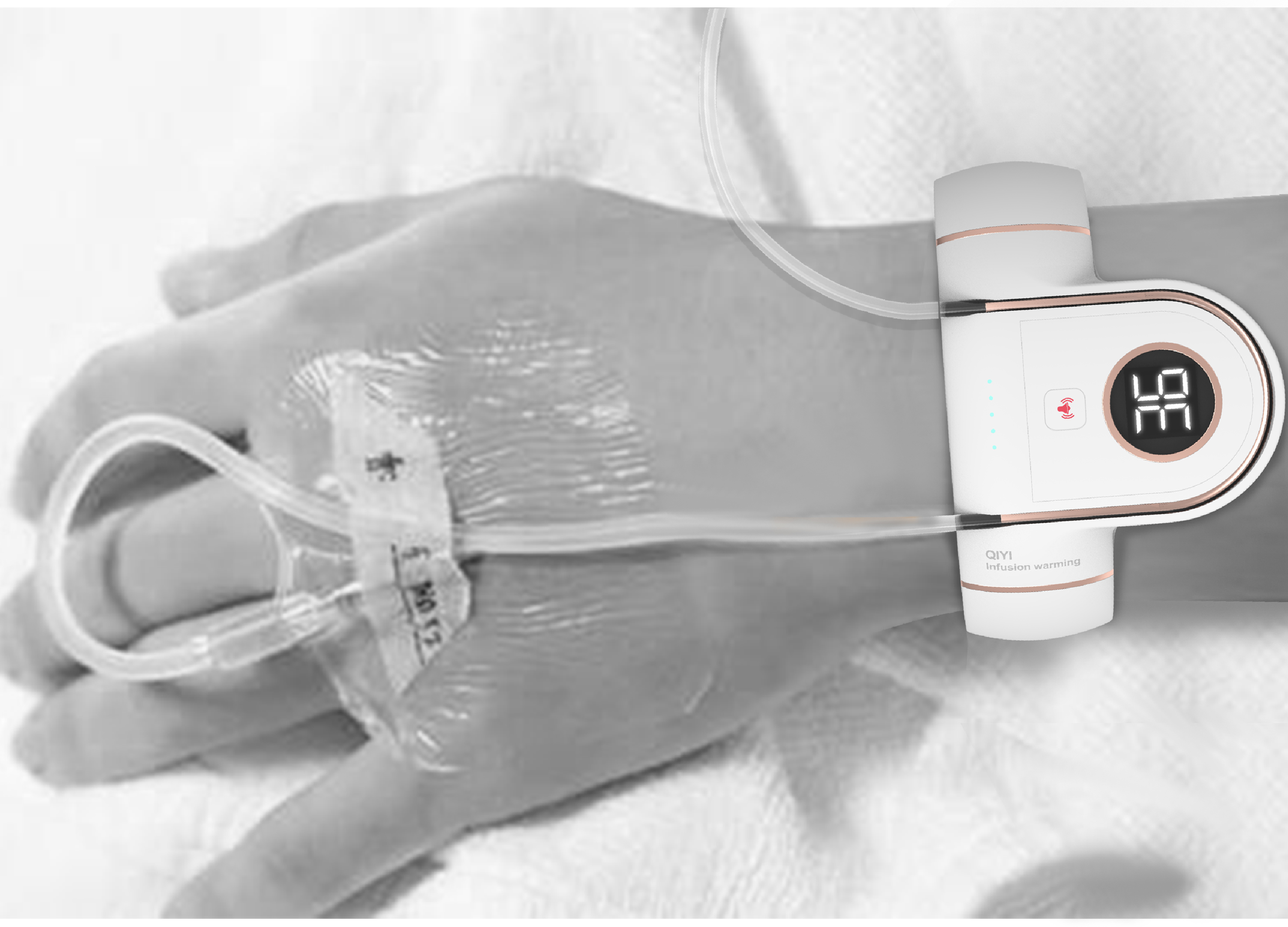
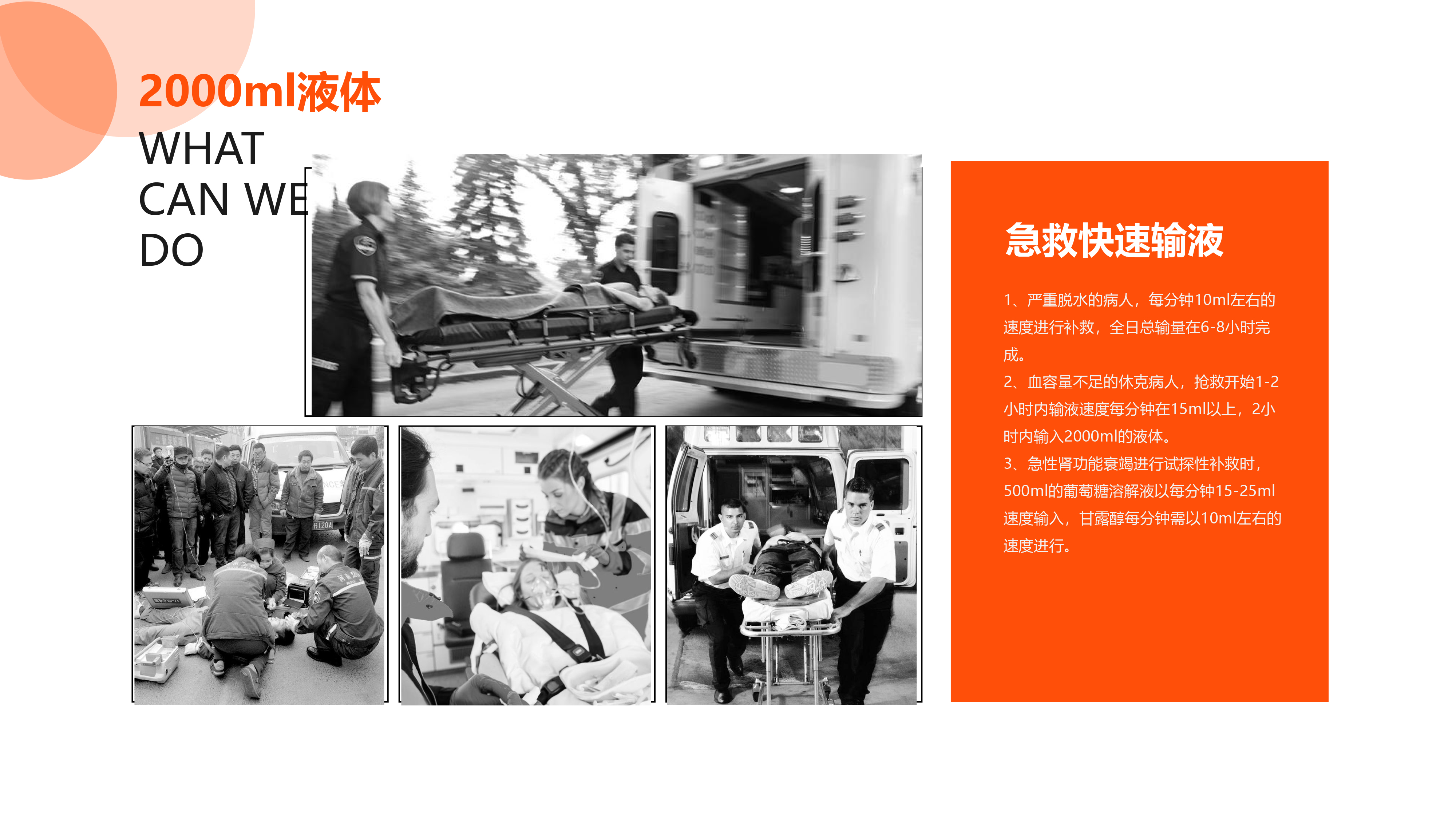
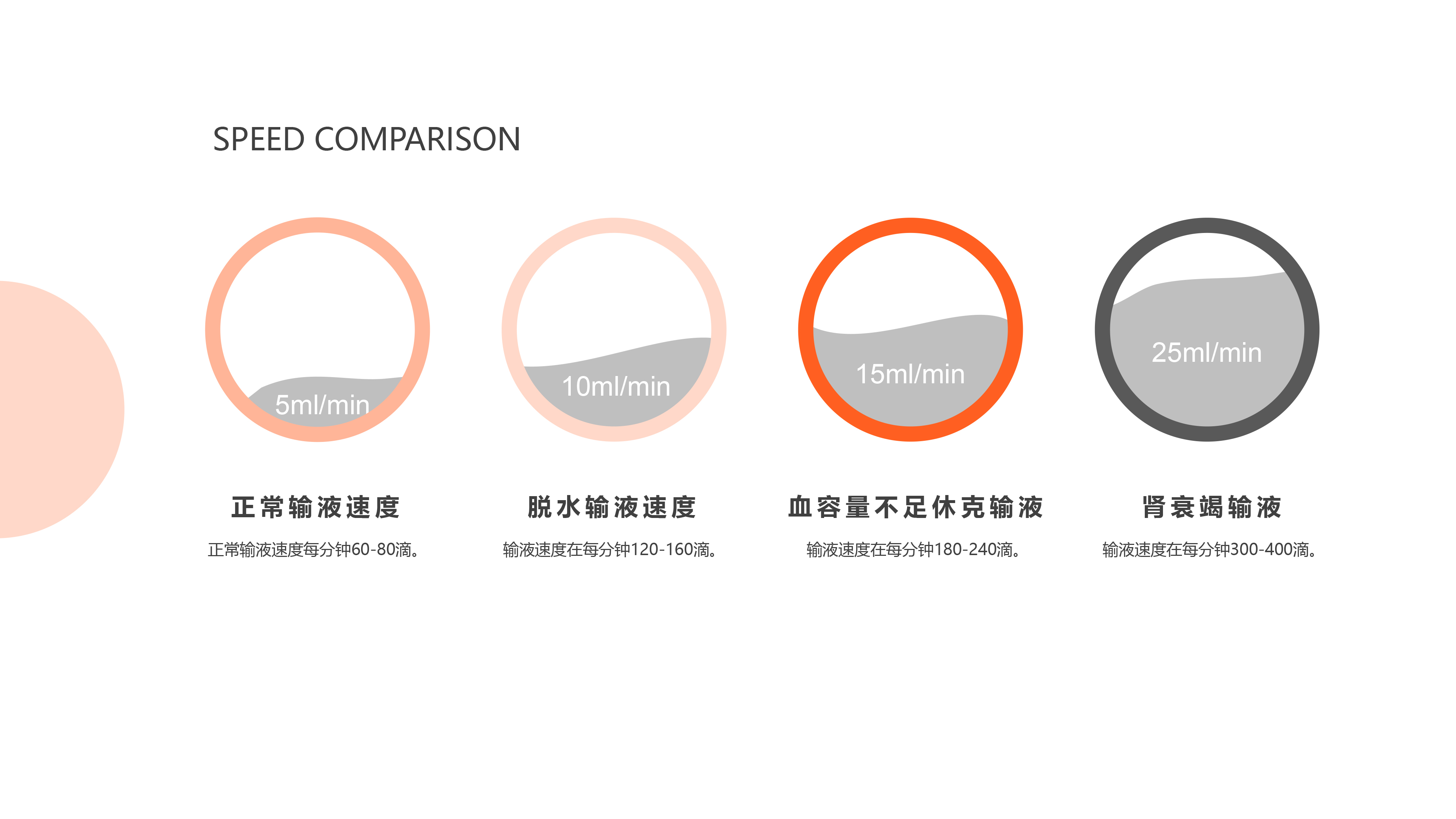
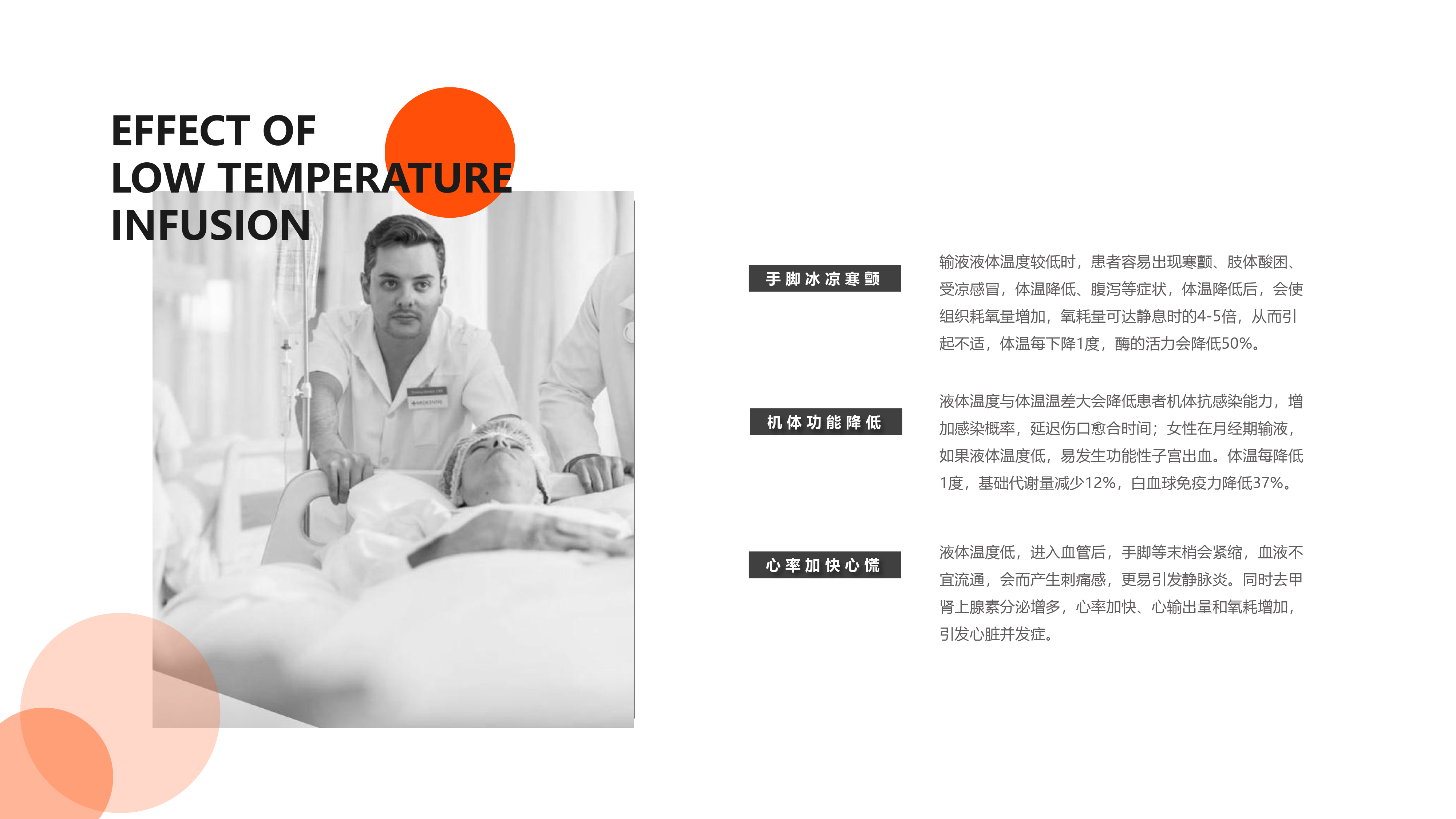
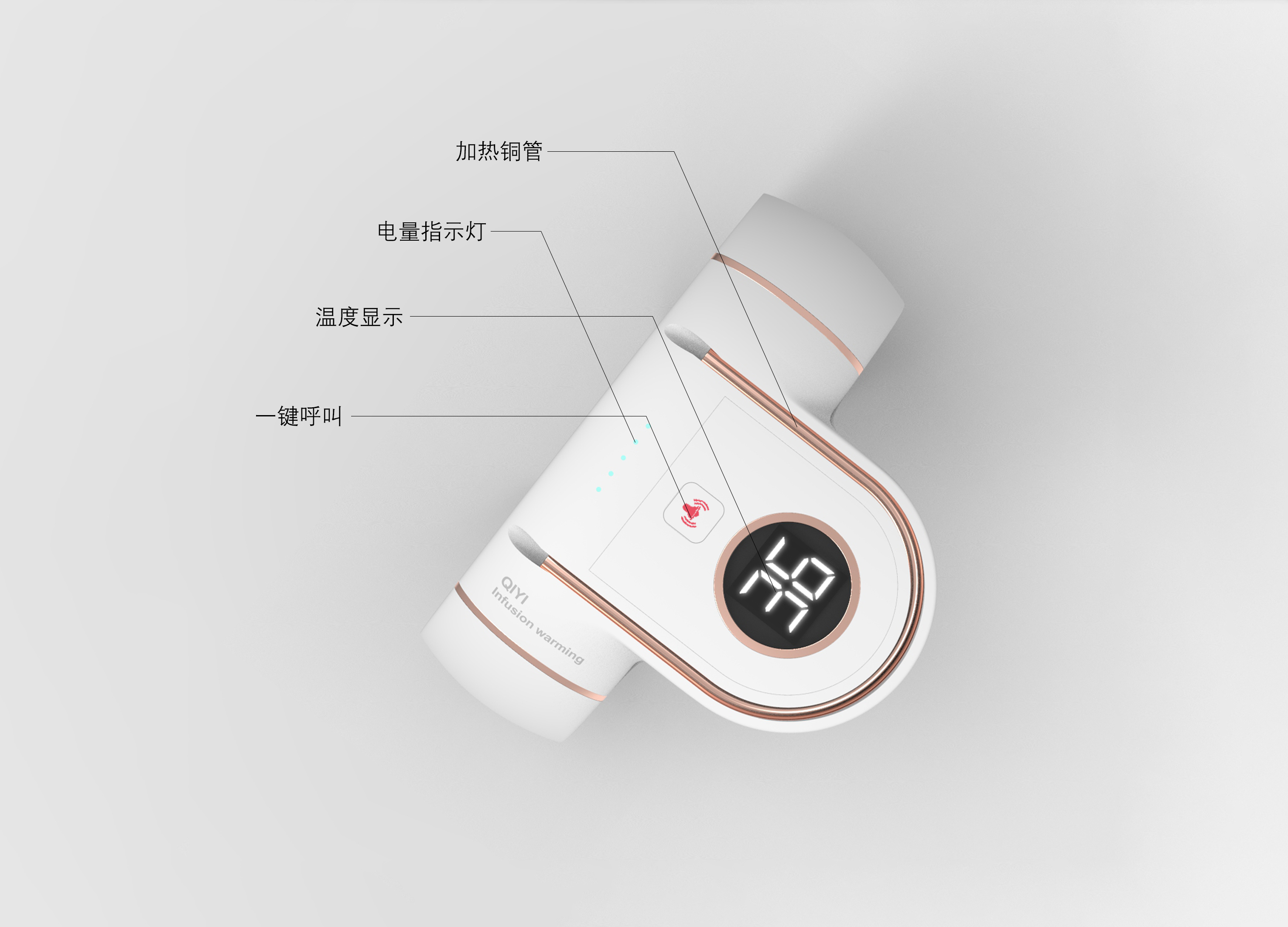
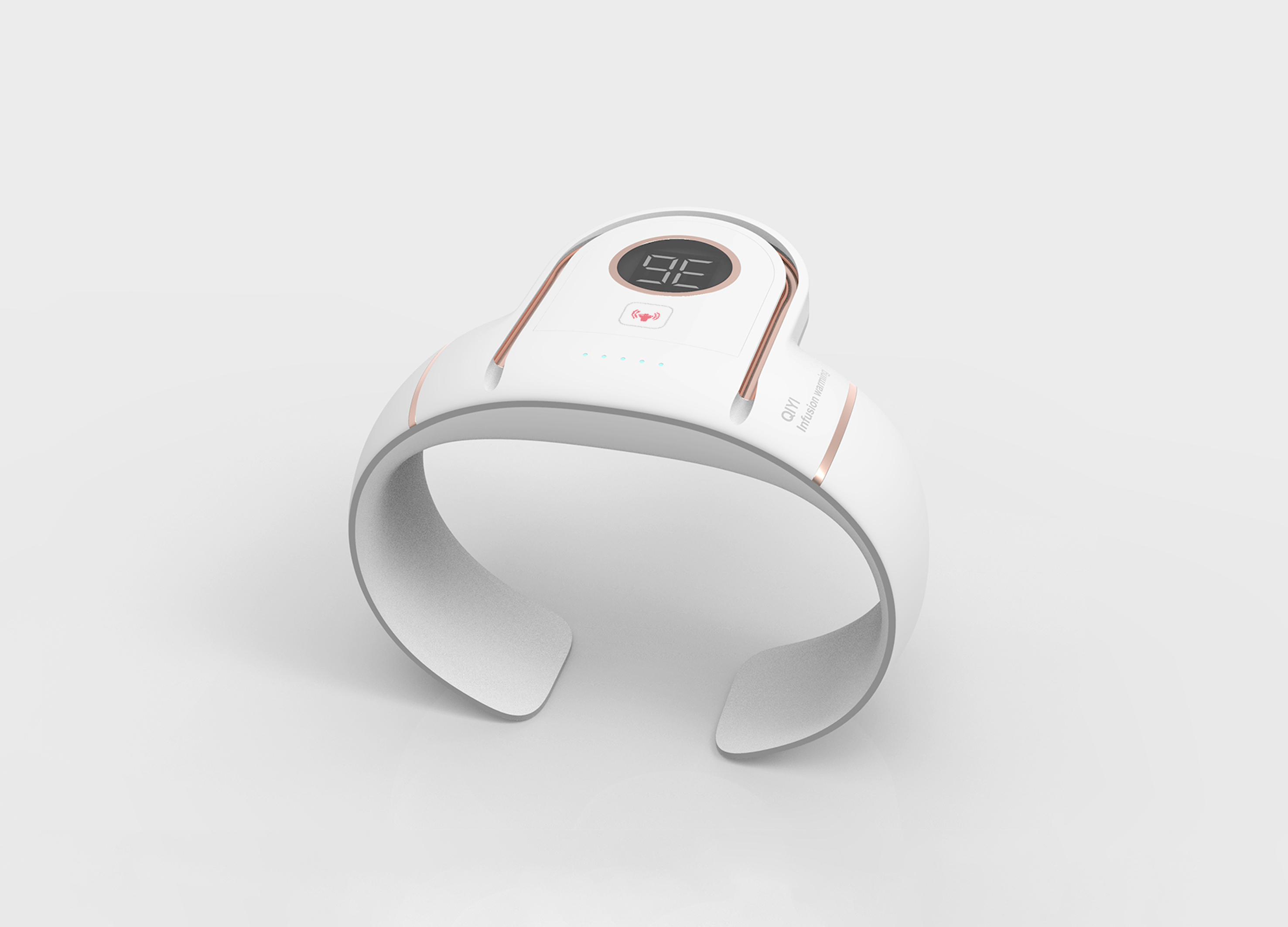
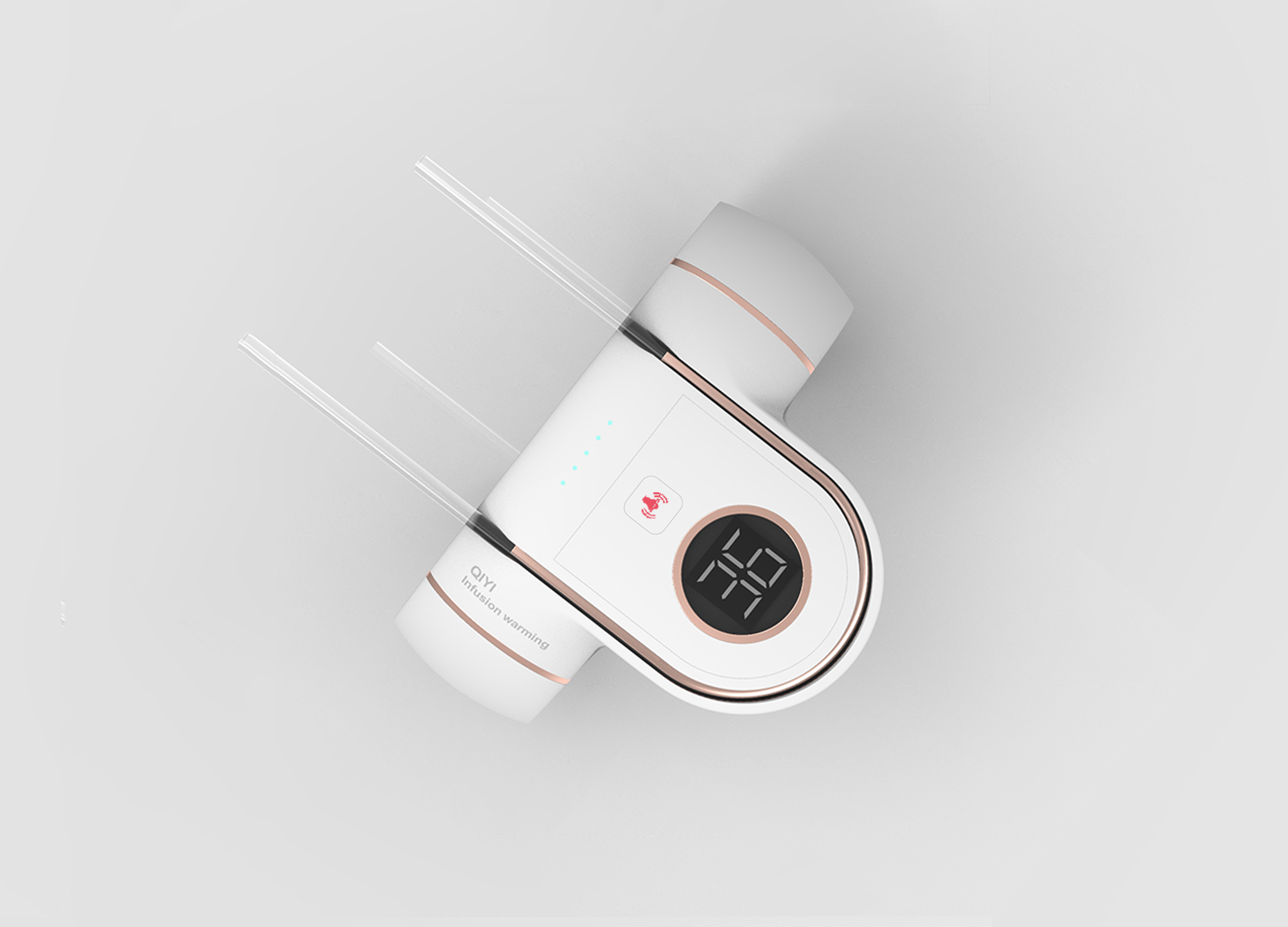
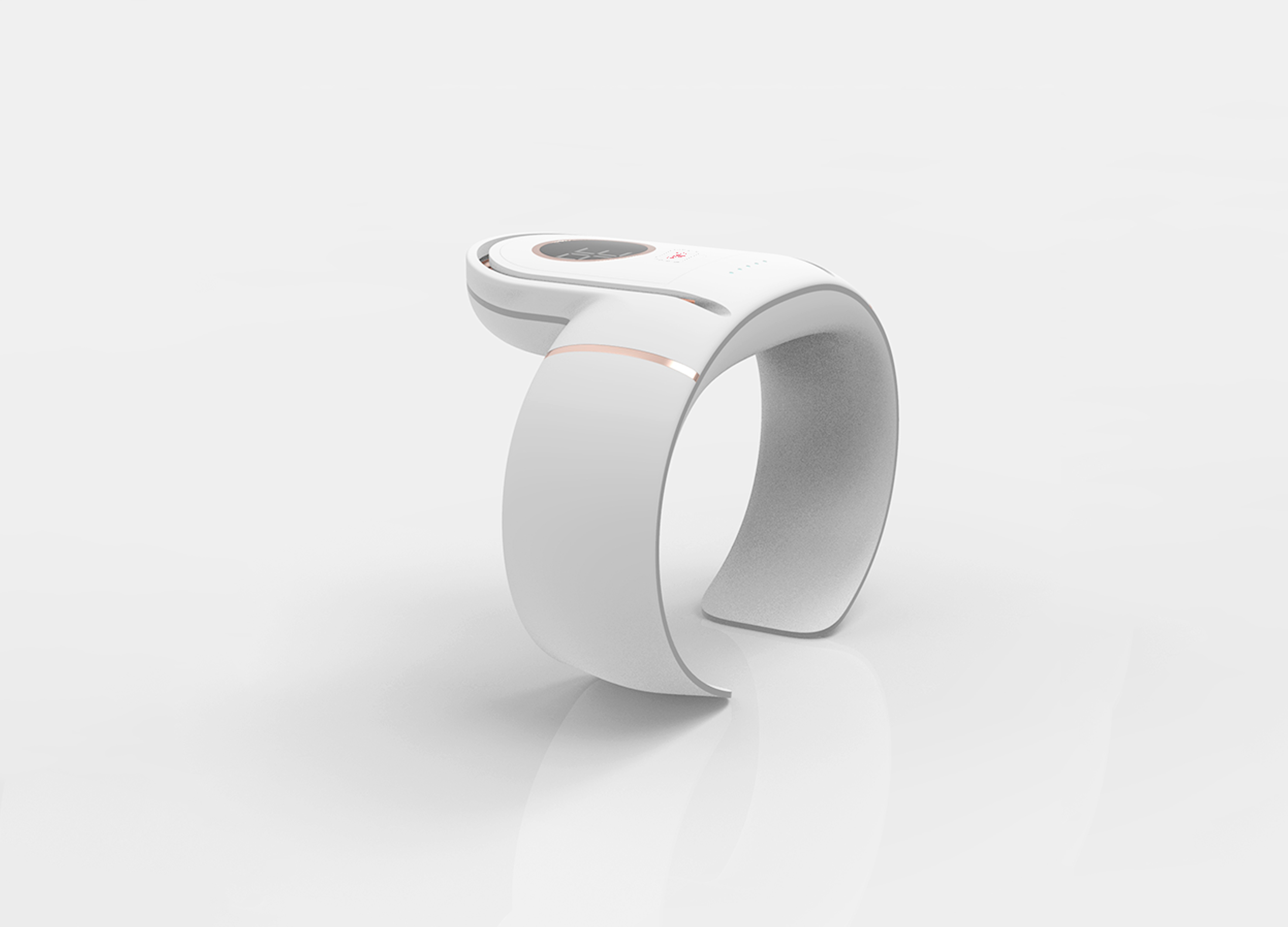
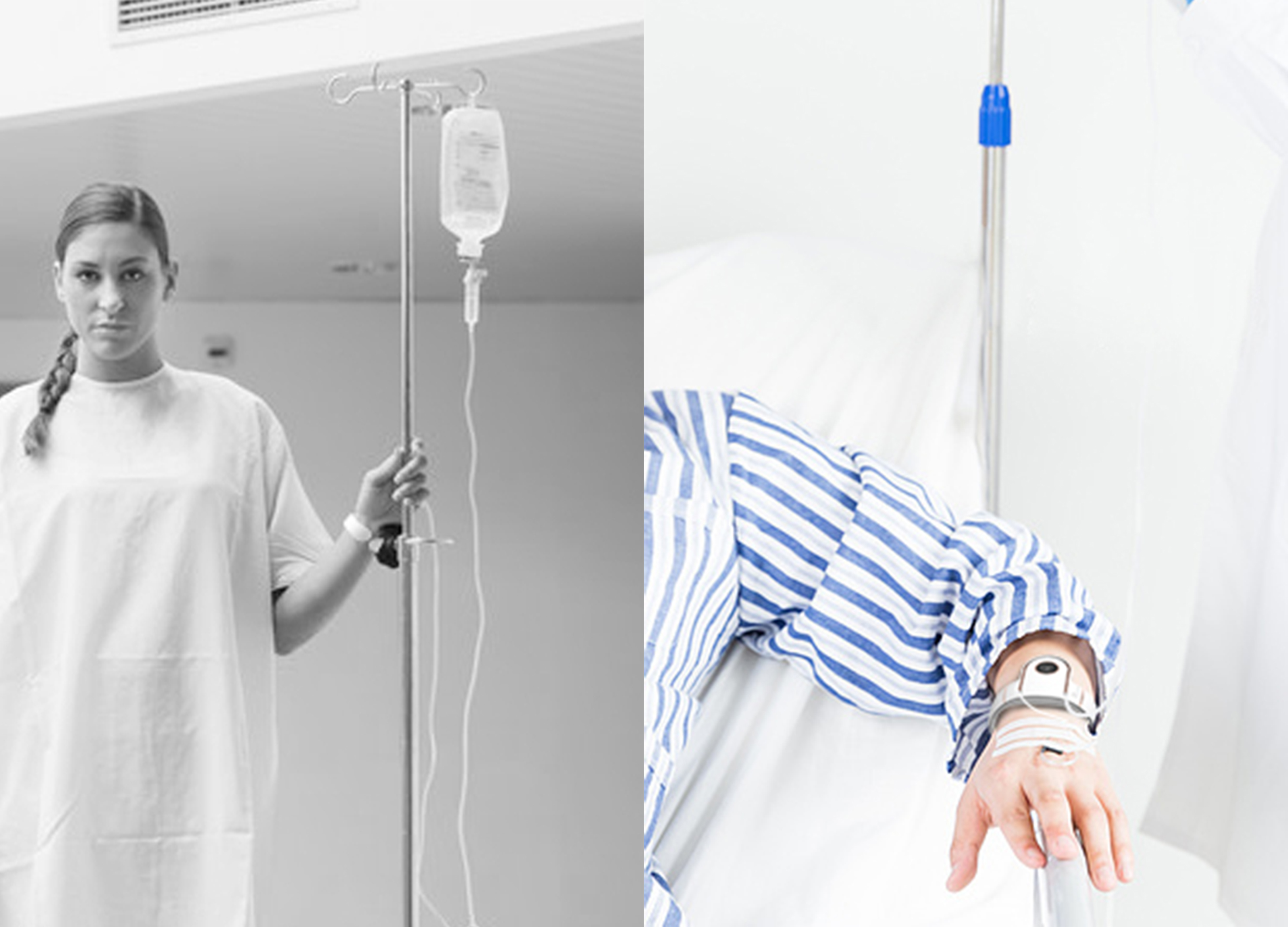

新用户?创建账号
登录 重置密码

请输入电子邮件以重置密码。
Indeed, every infusion will feel cold because of a lot of water injection.
The concept of making a blood transfusion warmer into a bracelet is quite good, but it is difficult to do it in practice! The battery power is very difficult to solve.
The idea is good, but some drugs cannot be heated and will destroy the stability of the drugs.
Learn like you
Great
Typesetting and everything is very good.
good